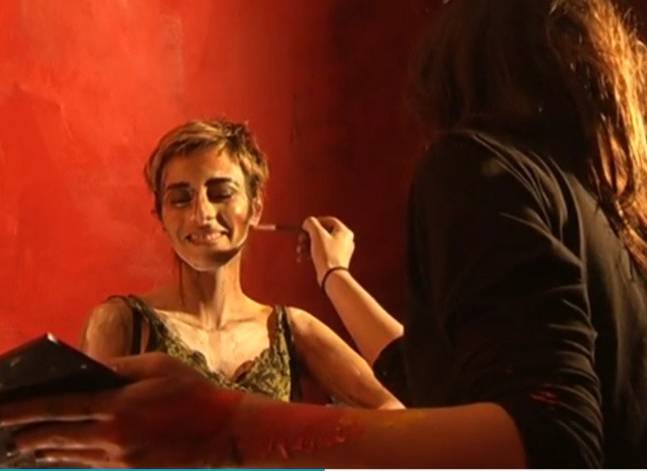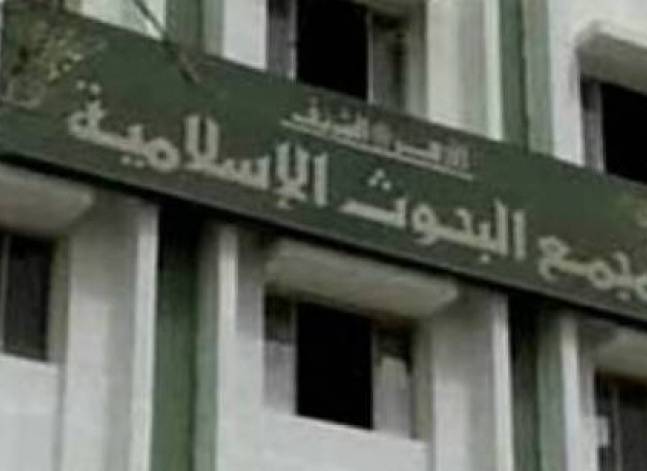Latest NEWS
- Aswat Masriya, the last word
- Roundup of Egypt's press headlines on March 15, 2017
- Roundup of Egypt's press headlines on March 14, 2017
- Former Egyptian President Hosni Mubarak to be released: lawyer
- Roundup of Egypt's press headlines on March 13, 2017
- Egypt's capital set to grow by half a million in 2017
- Egypt's wheat reserves to double with start of harvest -supply min
- Roundup of Egypt's press headlines on March 12, 2017
Eight referred to disciplinary tribunal for damage to King Tut's golden mask
By Hend Kortam
CAIRO, Jan. 23 (Aswat Masriya) - Eight Egyptian Museum employees were referred to disciplinary tribunal on Saturday for gross negligence and the violation of professional and scientific rules, causing damage to the golden mask of ancient Egyptian boy king Tutankhamun.
In 2014, the chin was broken off the mask and hastily glued back on. It was damaged and scratched in the process. Ancient Egypt's youngest king made headlines in local and international news outlets a year ago when the incident was revealed.
Last October, a German conservator led a team which undertook a full restoration of the mask, funded by a donation of EUR 50,000 from Germany. The mask, which contains over 10 kilograms of pure gold, was restored and put back on display last month.
The eight museum employees were referred to disciplinary tribunal by the president of the administrative prosecution authority, according to a statement by his office. They include two conservators, four senior restoration experts, the former director of restoration and the general director general of the museum, the administrative prosecution authority spokesman Mohamed Samir said.
According to the investigation cited in the statement, the eight are accused of being "reckless" while dealing with the mask which is more than 3,300 years old and is the product of one of the oldest civilisations known to mankind.
The administrative prosecution authority said the accused employees "handled" the mask on four days between August and November 2014 and approached it using a completely non-scientific manner. They lifted the mask the wrong way, which made the chin disconnect from the rest of it.
The investigation also states that the defendants did not stop there, but tried to "cover" up the damage they caused by using sharp tools to remove the adhesive substance, causing damage and scratches which can still be found on the mask.
King Tut belongs to the 18th dynasty. He ruled from 1361 to 1352 BC and died at 17.
His tomb was found by Howard Carter in 1922, in what is often dubbed the discovery of the century because the tomb was found largely intact.
He made headlines last year once again when British archaeologist Nicholas Reeves posited a theory that the walls of the ancient Egyptian king's tomb could be hiding a secret tomb behind them.










